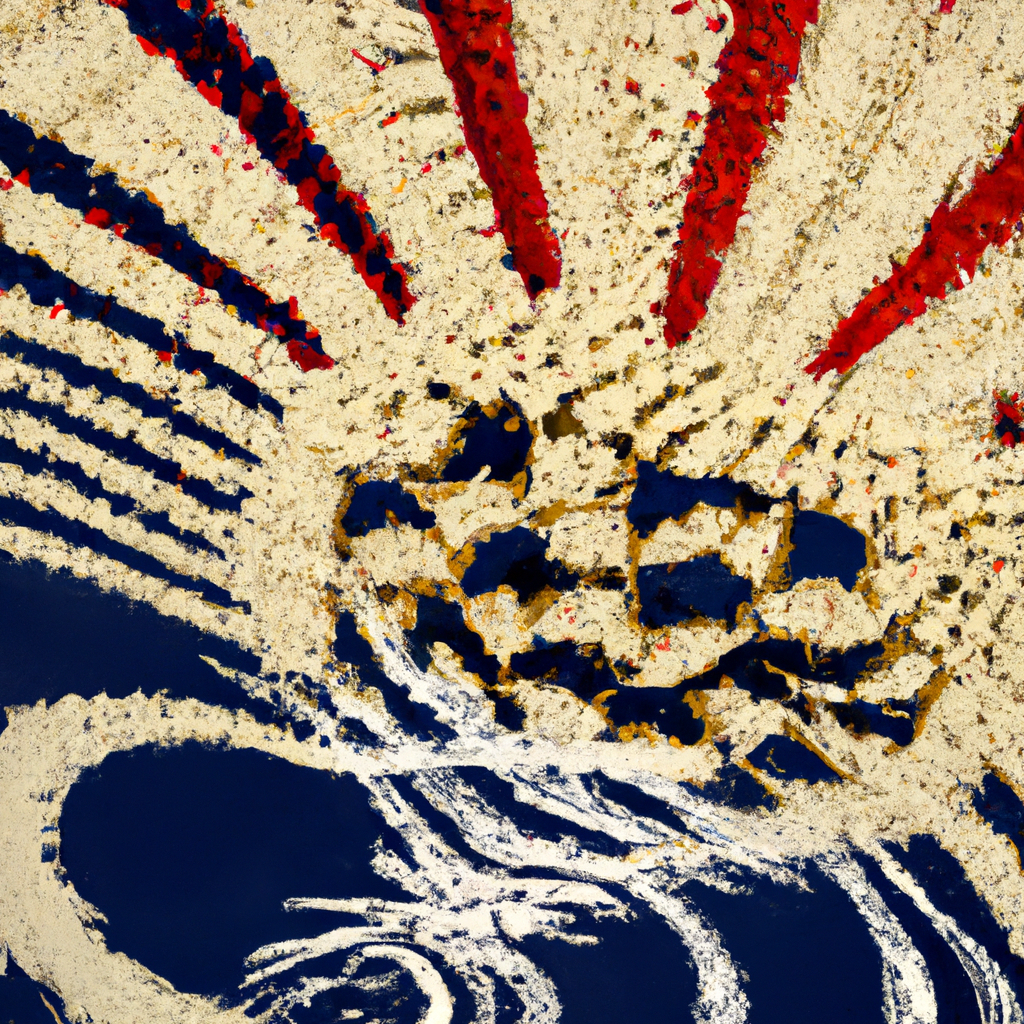What is fashion? Often times it can be seen as a reflection of society, impacted by changing cultural trends and values, but rarely do we consider the power of migration to shape the way we design and wear clothing. As migration patterns have grown increasingly complex over time, so has the fashion diaspora–the spread of fashion ideas across borders as a result of global movement. By looking at the diaspora of fashion across countries, we can gain a better understanding of how different cultures have shaped the way we express ourselves through the power of clothing. In this article, we’ll explore the true impact of global migration on fashion, and demonstrate how the diaspora of style has created a more globalized and eclectic fashion landscape.
1) Discovering Global Influences: A Perspective on Fashion Diaspora
The realm of fashion has been influenced by diasporas from all over the globe, uncovering interesting instruments, ideas, and elements that are helping us rethink the way we dress. What was once the sole preference of a few can now be seen splashed throughout catwalks, street-style, and social media feeds everywhere.
- West African Influence: Take a look around and you’ll surely spot a few pieces that incorporate traditionally African wax prints. Used largely for traditional textiles, these prints are exhibiting a major trend in both traditional and modern settings, and have inspired representation in fast fashion houses.
- Eastern European Influence: Dress fabrics in the form of velvet have been a closet must-have the past couple of years, and it’s a tribute to eastern European designs for the luxurious fabric. Whilst still popular, popular brands are now crafting new and interesting ways to style velvet, making it even more adaptable to a wider variety of markets.
In seeking innovative ideas and aesthetics from other cultures, fashion diaspora has allowed us to gain insights into the customs and interests of countries all around the world. Such inspirations have been seen in colours, prints, patterns, and textures; Western countries remixing the traditional ideas in cultures outside of their own. It showcases the beauty of diversity, that can be seen in something as prevalent as fashion in the modern world.
Interesting experiments with fabrics and designs are now budding up between cultures, and while it’s not quite yet a universal trend, we can count on fashion diaspora inspiring the future of fashion.
2) Historic Roots of Intercultural Styling
Intercultural styling has often been seen as revolutionary, but its history has roots that span far back into pre-medieval history. The very earliest signs of intercultural styling can be found in Ancient Sumeria and Babylon, as well as Ancient Egypt.
The Sumerians, Babylonians, and Egyptians used luxurious and high-quality fabrics to make elaborate garments. These designs often sought to eclipse traditional garments that were considered to be too plain and mundane for wealthy citizens. As the people of these cultures converged, intercultural styling was an inevitable consequence.
- Ancient Greece
Further evidence of intercultural styling can be found in Ancient Greece. The wealthy citizens of this era were well-known for their colorful attire, which was inspired by the vibrant colors of their Mediterranean homelands. The wealthy Greeks often used heavy fabrics and elaborate embroidery in their clothes, further affirming the presence of intercultural styling. - The Ming Dynasty
The presence of intercultural styling is also apparent in the Ming Dynasty, a period of Chinese history spanning from 1368 – 1644. At this time, Chinese craftsmen were heavily influenced by Indian textiles, which further propelled the evolution of intercultural fashion. Designs like the qipao have since become a symbol of traditional Chinese clothing.
The history of intercultural styling is a long and colorful one, with the practice becoming increasingly pervasive in modern fashion. It serves as a reminder that fashion is an ever-evolving art form, which has engendered creativity and change throughout the centuries.
3) Exploring the Ramifications of Migratory Movements
Migratory movements are some of the most influential forces in human history, as well as some of the most contested. Understanding the ramifications of migratory movements is a complex and multi-faceted problem.
For starters, governments grapple with the issue of providing resources to migrants and supporting influx where they deem necessary. Immigration policies vary around the world, as do opinion polls. One thing is certain – migratory movements shape the very fabric of nations.
From a cultural standpoint, migratory movements ripe culture for diversity and exchange. Old customs and perspectives come in contact with the modern world, thus leading to the formation of an entirely new identity. People from different places and walks of life often find themselves in vibrant, metropolitan hubs. Here, they are free to express themselves and bring their traditions and cuisine with them.
Ultimately, migratory movements raise complicated questions about the human right to work and travel. We are living in a global village, and the consequences are far-reaching. But whether the response leans towards promoting global empathy or nativist isolationism, understanding the implications of migratory movements is essential for the future of our world.
4) Assessing the Impact of Dispersing Styles
It is important to understand the impact of dispersing styles when developing a successful business strategy. While a single style may appear to be the most efficient approach, the truth is that different styles may actually provide better results for the organization.
An effective way to assess the impact of different dispersing styles is to consider the big picture. How will the various approaches play out in terms of cost and effectiveness? Asking questions such as these will make it easier to determine which style is likely to be the most beneficial.
Another way to assess the impact of varying dispersing styles is to run a series of tests. This process allows the company to compare the efficacy of different approaches. By taking the time to examine the results, businesses can make an informed decision about which style is the best for their needs.
Lastly, it is essential to remember the importance of sticking with whatever approach works for the company. Once the most effective dispersing style has been identified, it is important to maintain consistency to ensure long-term success.
- Consider the big picture
- Run a series of tests
- Stick with what works
5) Delineating the Art of Global Fashion Networking
Networking is an integral part of any business, but particularly when it comes to global fashion. From brands to influencers, connections spread farther than anyone may expect.
- Know what you want: As with any market, it’s essential to define goals and objectives when it comes to global fashion networking. Are you looking to break into a specific region with your products? Targeting a certain target audience? Doing research and having a clear direction makes networking easier and more effective.
- Be open to collaborations: Global fashion collaborations can help to propel brands and products to new heights. Reach out to influencers, designers, and brands overseas and discuss what could be accomplished with a partnership. This may lead to exciting new opportunities and open up markets around the world.
- Participate in global fashion weeks and conventions: Global fashion conventions are a great way to connect with industry leaders and mingle with like-minded individuals. Gather insights, see new trends, and make lasting connections.
Make use of social media: Most global fashion brands and influencers make use of social media to help promote their brand. Be active and involved in the global fashion scene by engaging with other accounts and becoming a part of the conversation.
Through these various methods of networking, brands and influencers alike can expand their reach and grow a global fashion network that will support their business. Don’t forget that every connection holds the potential for future relationships. It’s all about networking and collaborations for success in the world of global fashion.
Global migration continues to impact the fashion industry in a positive way. As fashion adapts to the changing cultural landscape, we are left with infinite possibilities for diverse and unique style that celebrates diversity and allows us to embrace different cultures. Furthermore, we have the opportunity to draw inspiration from one another and continue to create remarkable apparel for everyone to enjoy. With fashion constantly evolving, it is an exciting time for us to evolve with it and look forward to what the future of fashion has in store.


